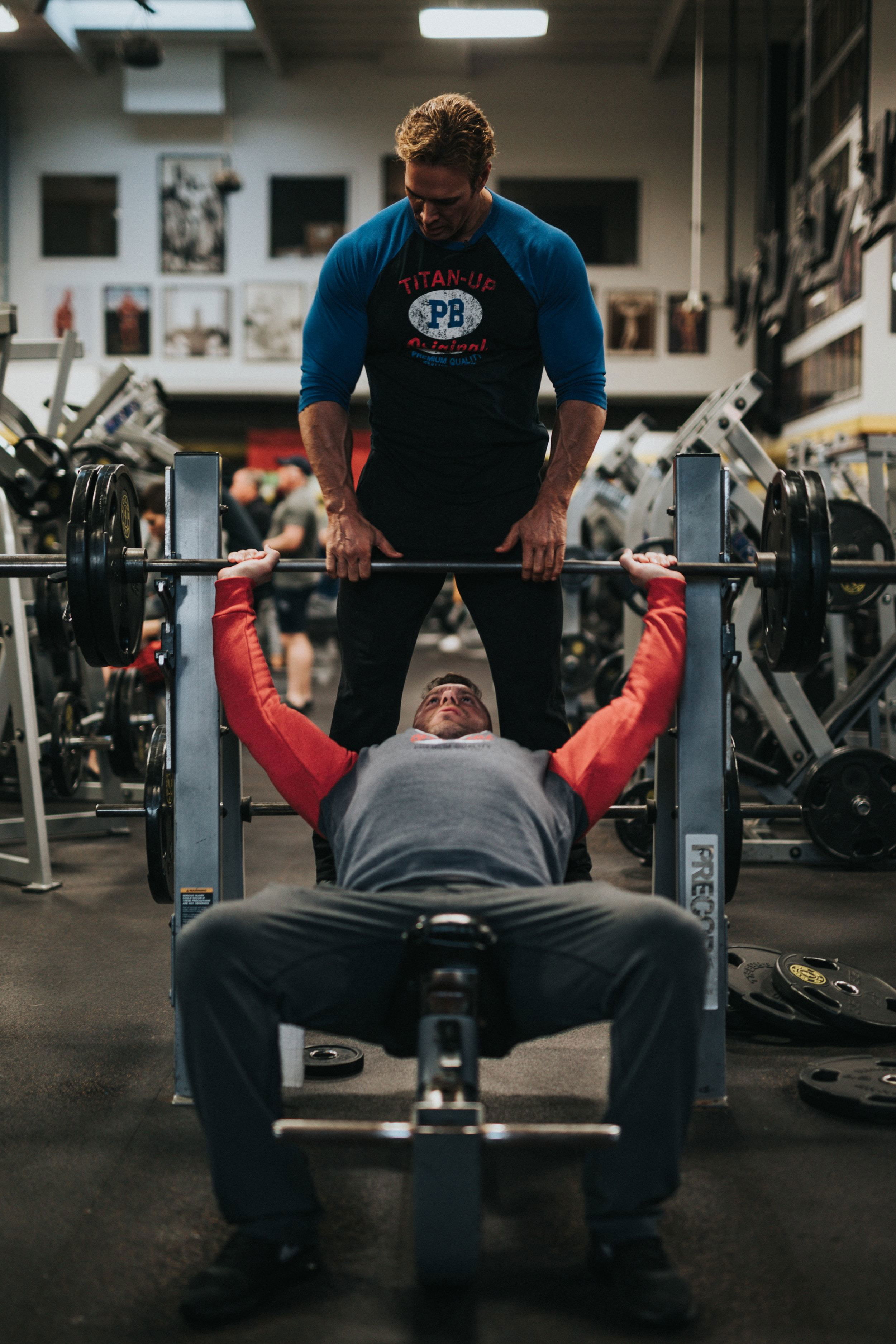Strength Training 101: Building Muscles and Increasing Strength Safely
Strength training, also known as resistance training or weightlifting, is a powerful form of exercise that involves working against resistance to build muscle and increase strength. While some may associate strength training with bodybuilders and athletes, it offers numerous benefits for people of all ages and fitness levels. In this comprehensive guide, we will delve into the fundamentals of strength training, its benefits, safety considerations, and tips for incorporating it into your fitness routine.
Understanding Strength Training
Strength training involves the use of resistance, such as free weights, weight machines, resistance bands, or bodyweight exercises, to challenge your muscles. The process of stressing and challenging muscles through resistance causes micro-tears in the muscle fibers. As the body repairs these tears during the recovery period, muscles grow stronger and more substantial, leading to increased strength and muscle mass over time.

The Benefits of Strength Training
Increased Muscle Mass: Strength training is an effective way to build lean muscle mass, which contributes to a toned and sculpted appearance.
Improved Strength: Regular strength training enhances muscular strength, making everyday activities easier and reducing the risk of injuries.
Metabolism Boost: Muscle tissue requires more energy to maintain than fat, so increasing muscle mass can lead to a higher resting metabolic rate, supporting weight management.
Bone Health: Strength training can help improve bone density, reducing the risk of osteoporosis and fractures.
Enhanced Functional Fitness: Strength training improves overall functional fitness, making daily movements more efficient and effortless.
Mental Health Benefits: Like other forms of exercise, strength training can reduce stress, anxiety, and symptoms of depression.
Getting Started with Strength Training
Consult with a Professional: If you're new to strength training or have specific health concerns, consider consulting with a certified fitness trainer or healthcare provider to design a safe and effective program tailored to your needs.
Start with Compound Exercises: Compound exercises engage multiple muscle groups simultaneously and are excellent for building overall strength. Examples include squats, deadlifts, bench presses, and rows.
Practice Proper Form: Proper form is essential to prevent injuries and ensure you're targeting the intended muscles effectively. If you're unsure about an exercise, seek guidance from a fitness professional.
Progress Gradually: Begin with lighter weights and gradually increase the resistance as you become more comfortable with the exercises.
Rest and Recovery: Allow your muscles time to recover between strength training sessions. Aim for at least 48 hours of rest for each muscle group.
Balanced Workout Routine: Include a mix of upper body, lower body, and core exercises in your routine for balanced strength development.
Safety Considerations
Warm-Up: Always warm up before strength training to prepare your muscles for the upcoming workload. Include dynamic stretches and light cardio exercises.
Use Proper Equipment: If using weights or resistance machines, ensure they are in good condition and suitable for your fitness level.
Breathe Properly: Exhale during the exertion phase (lifting the weight) and inhale during the relaxation phase.
Avoid Jerking Movements: Use controlled and smooth movements throughout each exercise.
Gradual Progression: Increase the intensity or resistance gradually to avoid overloading your muscles and risking injury.
Listen to Your Body: If an exercise causes pain or discomfort, stop immediately and seek guidance from a fitness professional.

Sample Beginner Strength Training Routine
Here's a sample full-body strength training routine for beginners:
Squats: 3 sets of 10 reps
Push-Ups (modified or on knees if needed): 3 sets of 8-10 reps
Bent-Over Rows (with dumbbells or resistance bands): 3 sets of 10 reps
Dumbbell Shoulder Press: 3 sets of 8-10 reps
Dumbbell Lunges: 3 sets of 10 reps per leg
Plank: 3 sets, hold for 30 seconds each
Dumbbell Bicep Curls: 3 sets of 10 reps
Triceps Dips (using a sturdy chair or bench): 3 sets of 8-10 reps
Conclusion
Strength training is a valuable component of a well-rounded fitness routine, offering a plethora of physical and mental benefits. Whether you're a beginner or an experienced fitness enthusiast, incorporating strength training into your regimen can enhance your overall health, boost confidence, and improve your quality of life.
Remember, safety and proper form are essential when performing strength exercises. Start gradually, seek professional guidance if needed, and listen to your body throughout your strength training journey. With dedication and consistency, you'll soon experience the rewards of a stronger and more resilient body.
Sources:
- American Council on Exercise - "Strength Training 101" - acefitness.org/education-and-resources/lifestyle/blog/6309/strength-training-101
- Mayo Clinic - "Strength Training: Get Stronger, Leaner, Healthier" - mayoclinic.org/strength-training/art-20246689
- National Institute on Aging - "Strength Training Exercises" - go4life.nia.nih.gov/exercises/strength